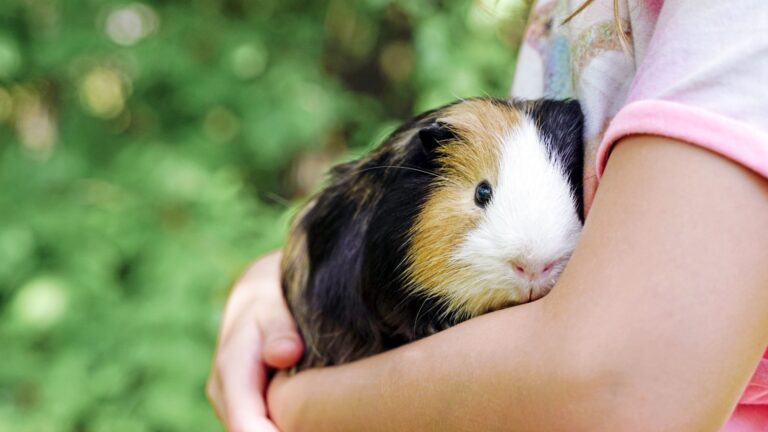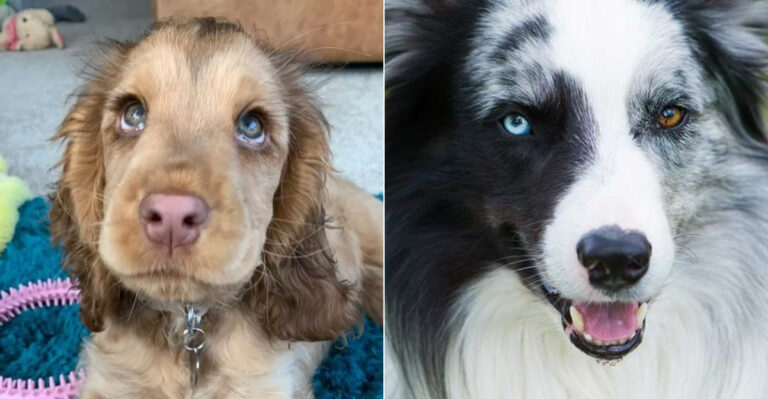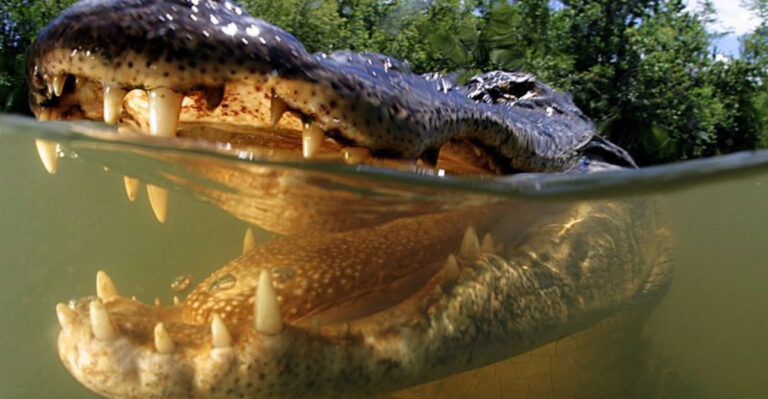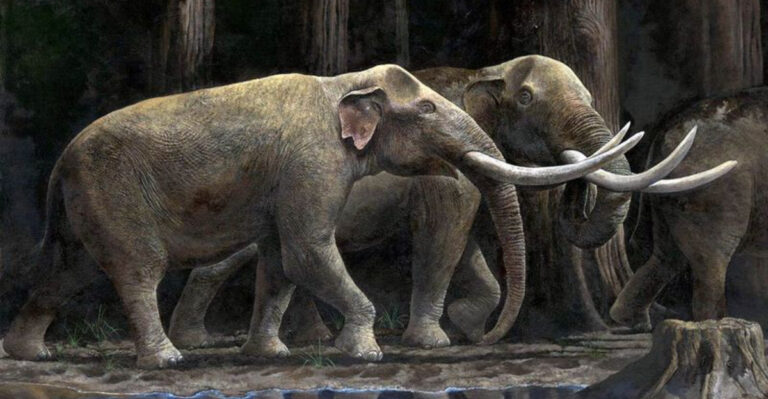15 Reactive Dogs That Are A Danger To Your Other Pets

Having multiple pets can bring joy to your home, but not all dogs play well with others. Some breeds have strong prey drives or territorial instincts that make them reactive around smaller animals.
Understanding which dogs might pose risks to your other furry family members can help prevent dangerous situations and heartbreak.
1. Jack Russell Terriers
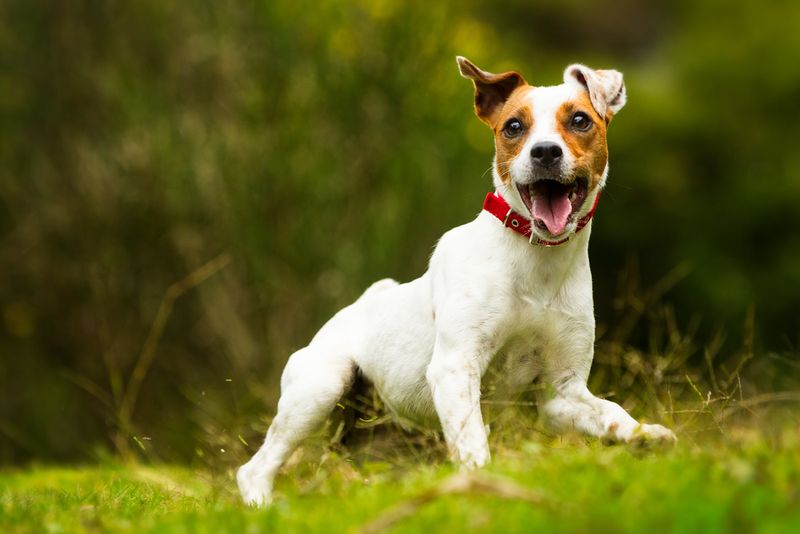
Born with a hunter’s heart, these little firecrackers were originally bred to chase foxes into their dens. Their prey drive remains incredibly strong today.
Many Jack Russells can’t distinguish between a wild rabbit and your pet bunny. They’re known to suddenly snap into hunting mode without warning, making them unpredictable around smaller pets like hamsters, birds, and even cats.
2. Siberian Huskies

Snow-loving adventurers with wild hearts, Huskies retain much of their wolf ancestry in both looks and behavior. Their prey drive can kick in unexpectedly, especially with running animals.
Your backyard chickens or pet rabbits might look like dinner to a Husky. Even with training, many Husky owners report their dogs can never be trusted alone with smaller pets due to their strong predatory instincts.
3. Greyhounds
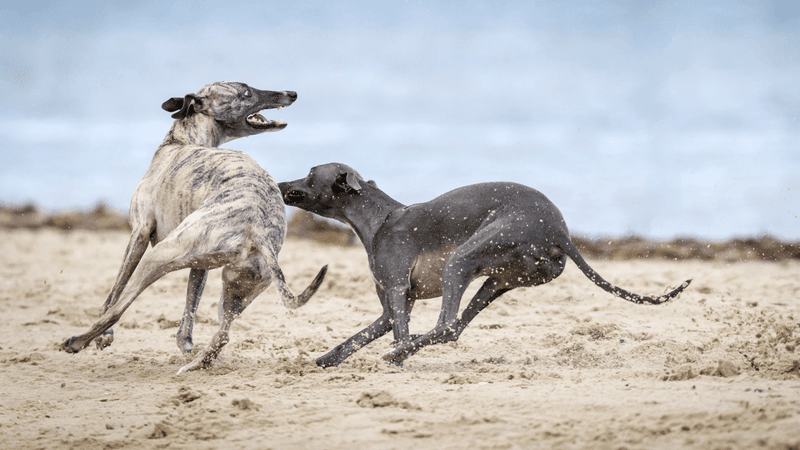
Lightning-fast sprinters built for the chase, Greyhounds possess one of the strongest sight-hunting instincts of any breed. Something small and furry darting across their field of vision can trigger an automatic response.
Despite their gentle nature with humans, many Greyhounds simply cannot override their instinct to chase. Former racing Greyhounds especially may have been trained to chase small, furry lures, making them risky housemates for cats or rabbits.
4. Pit Bull Terriers
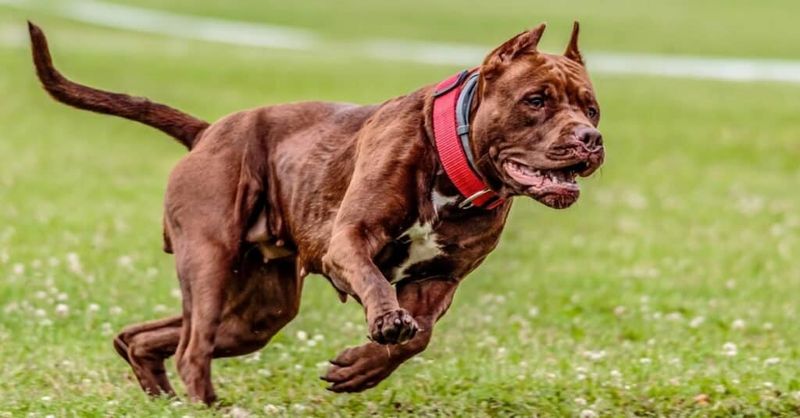
Muscular and determined, Pit Bulls were historically bred for bull-baiting and later for dog fighting, leaving some with strong animal aggression tendencies. Their powerful jaws and tenacious nature make conflicts with other pets potentially serious.
While many Pit Bulls can live peacefully with other animals, they require careful introduction and supervision. Their terrier heritage gives them a natural prey drive that can be triggered by small, quick-moving pets.
5. Australian Cattle Dogs
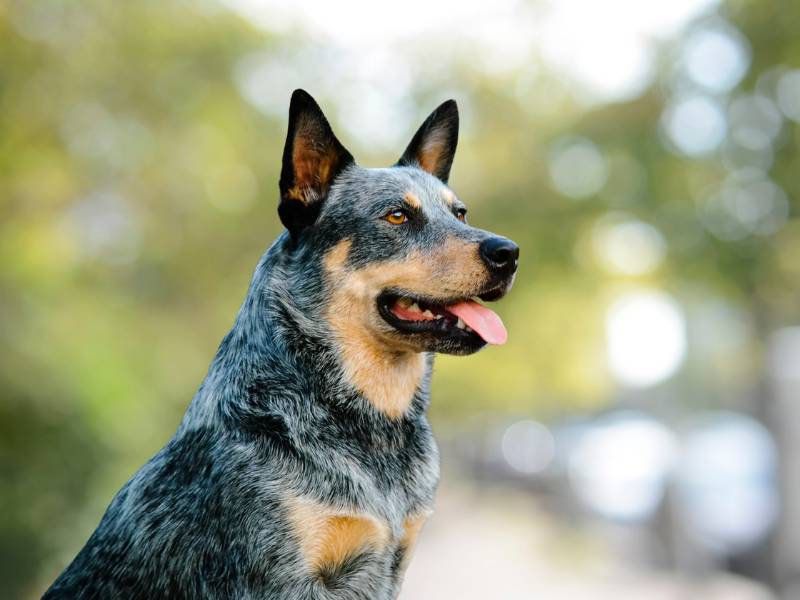
Ranch-raised workaholics, these dogs were developed to fearlessly nip at cattle heels and stand their ground against animals many times their size. This bold temperament can translate to bossy behavior with other pets.
Without enough exercise and mental stimulation, Cattle Dogs may redirect their herding instincts onto your other pets. Their nipping can escalate to more serious aggression if they feel their “herd” isn’t complying with their wishes.
6. Akitas
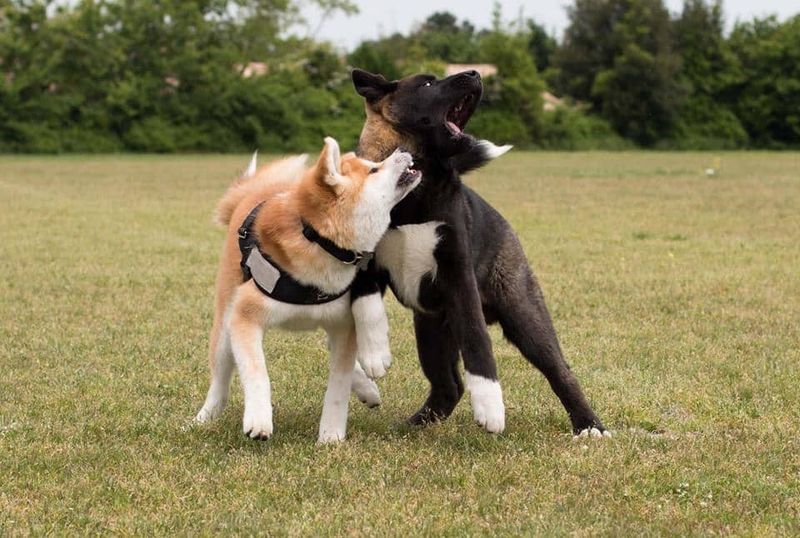
Guardian spirits in dog form, Akitas were bred as hunting companions and protectors in ancient Japan. They typically bond deeply with their human family but remain suspicious of outsiders – including other animals.
Many Akitas have strong same-sex aggression, making multi-dog households challenging. Their powerful hunting instincts can trigger prey responses toward cats, rabbits, or birds, while their dominant nature may lead to resource guarding against other pets.
7. Weimaraners

Silver-coated hunting machines, Weimaraners were developed to track large game and have retained their intense prey drive through generations. Their high energy and hunting focus make them challenging companions for smaller pets.
A squirrel-chasing Weimaraner might not distinguish between wildlife and your pet guinea pig. Their prey drive combines with separation anxiety to create destructive behaviors when bored, potentially redirecting predatory instincts toward household pets.
8. Malinois
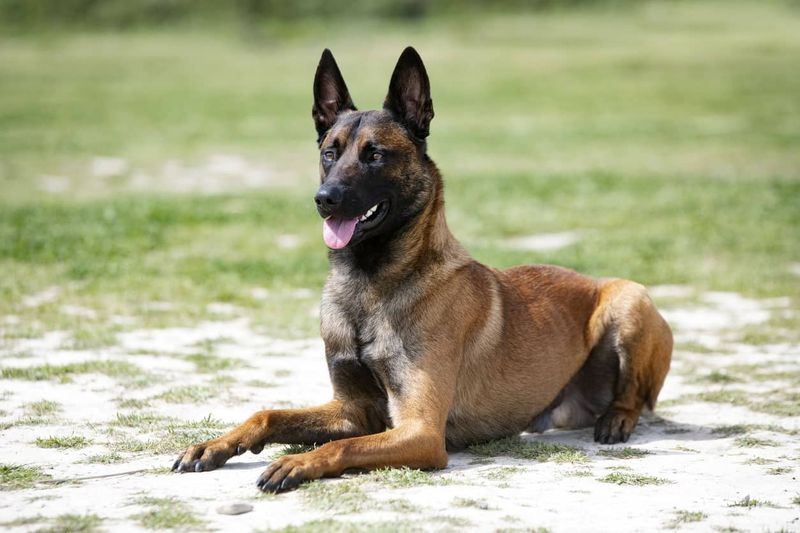
Working-class overachievers, Belgian Malinois possess extraordinary drive that makes them excel in police and military roles. This same intensity can spell trouble in multi-pet households without proper management.
Their herding background gives them a tendency to chase moving objects. Combined with their territorial nature, this can create conflict with other animals. A bored Malinois might view your cat’s movements as something to control or pursue.
9. Alaskan Malamutes
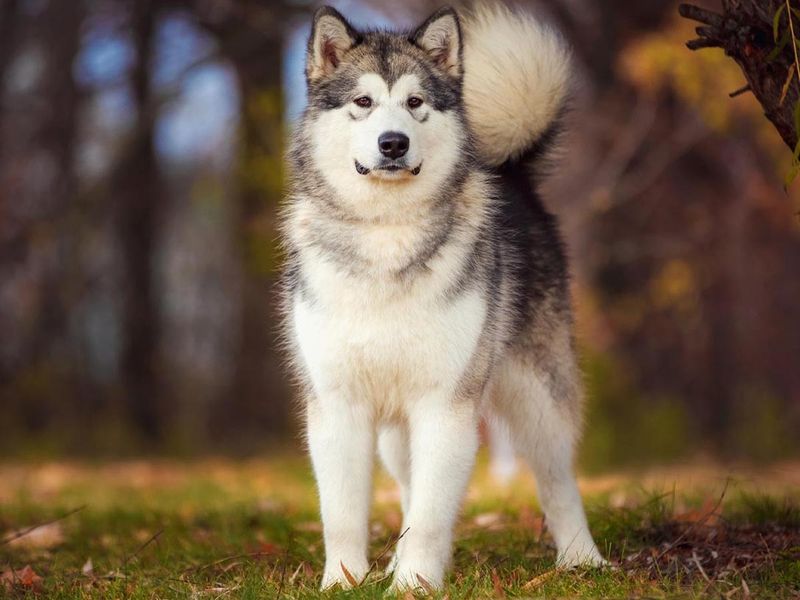
Arctic power-pullers with independent spirits, Malamutes were bred for strength and endurance rather than obedience. Their size alone can make them dangerous around smaller pets, even without intentional aggression.
Many Malamutes have strong prey drives toward small animals. Their pack-oriented nature also means they may establish dominance hierarchies with other dogs, sometimes through physical confrontation. Even well-socialized Malamutes require supervision around smaller household pets.
10. Rhodesian Ridgebacks

Lion hunters with remarkable courage, Ridgebacks were developed in Africa to track and bay lions while protecting their human hunters. This fearlessness translates to a dog that rarely backs down from confrontation.
Their strong prey drive makes them questionable companions for cats and small pets. Even with socialization, many Ridgebacks retain their hunting instincts. Their size and athletic ability mean they can easily overpower smaller animals during play or conflicts.
11. Dachshunds
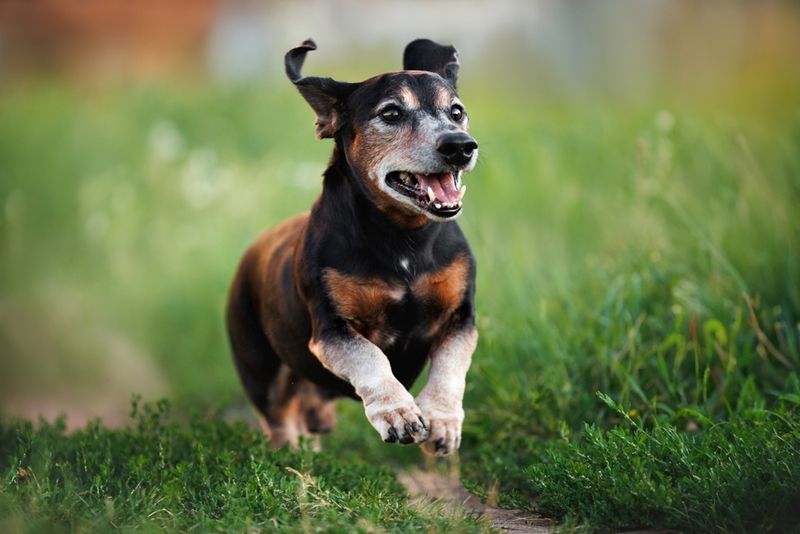
Sausage-shaped warriors with surprisingly fierce temperaments, these little dogs were bred to hunt badgers underground – one of the most aggressive wild animals. Their courage and tenacity far exceed their small stature.
Despite their cute appearance, Dachshunds can be surprisingly aggressive toward other animals. Their terrier-like hunting instinct makes them natural enemies to rodent pets like hamsters or gerbils. They’re also known for jealousy and resource guarding against other pets.
12. Chow Chows
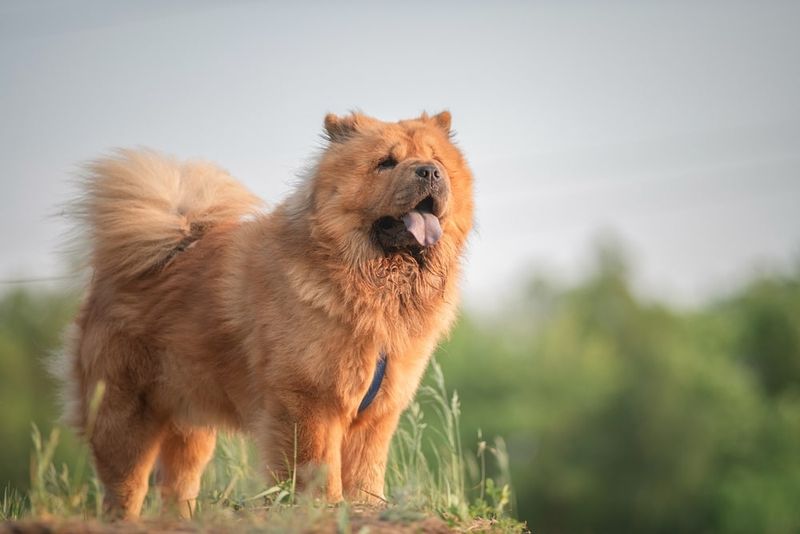
Ancient guardians with cat-like independence, Chows have been protecting Chinese palaces for over 2,000 years. Their aloof, dignified nature extends to a general disinterest in making friends with other animals.
Many Chows prefer to be the only pet in the household. Their territorial instincts can lead to aggression when other animals approach their space or their favorite humans. Even well-socialized Chows typically maintain strict boundaries around other pets.
13. German Shepherds
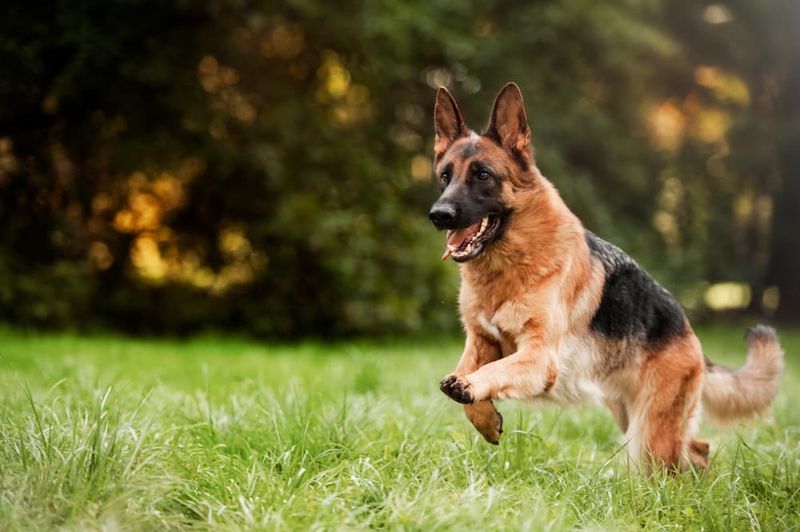
Loyal protectors with keen intelligence, German Shepherds form strong bonds with their families but can be wary of outsiders – including new pets. Their herding background gives them strong chase instincts.
Without proper socialization, a German Shepherd may view smaller pets as prey or intruders. Their protective nature can manifest as resource guarding around food, toys, or favorite people. Even play can become dangerous due to their size and strength.
14. Shiba Inus
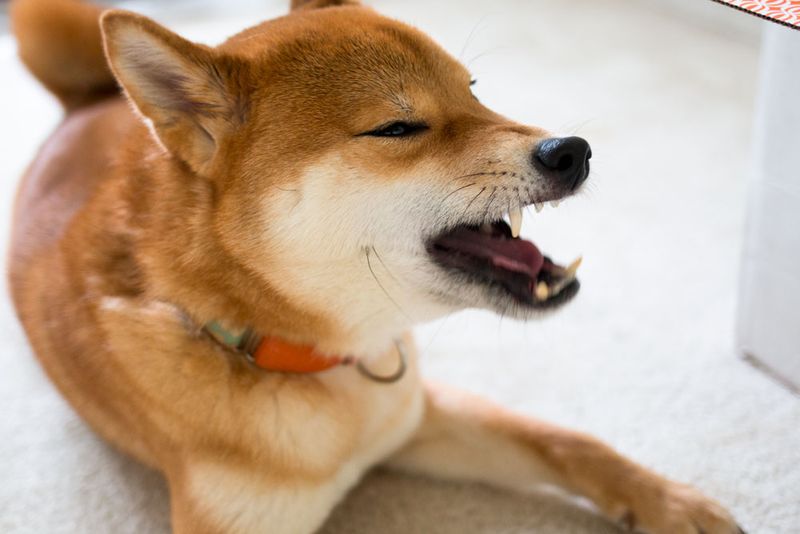
Fox-faced independents with ancient hunting instincts, Shibas were originally bred to flush birds and hunt small game in mountainous Japanese terrain. Their primitive nature makes them less predictable around other animals.
Many Shibas have strong prey drives toward small animals and birds. Their cat-like personality includes territorial behavior and resource guarding. Despite their smaller size, they’re known for asserting dominance over other pets through aggressive displays.
15. Cane Corsos

Guardian giants with ancient Roman roots, these powerful mastiffs were bred to protect property and hunt large game. Their imposing size combined with protective instincts makes them naturally dominant around other animals.
A Cane Corso’s protective nature can extend to resource guarding and territorial behavior. Without proper socialization, they may view smaller pets as prey. Even well-trained Corsos require careful management around other animals due to their sheer power and protective instincts.


